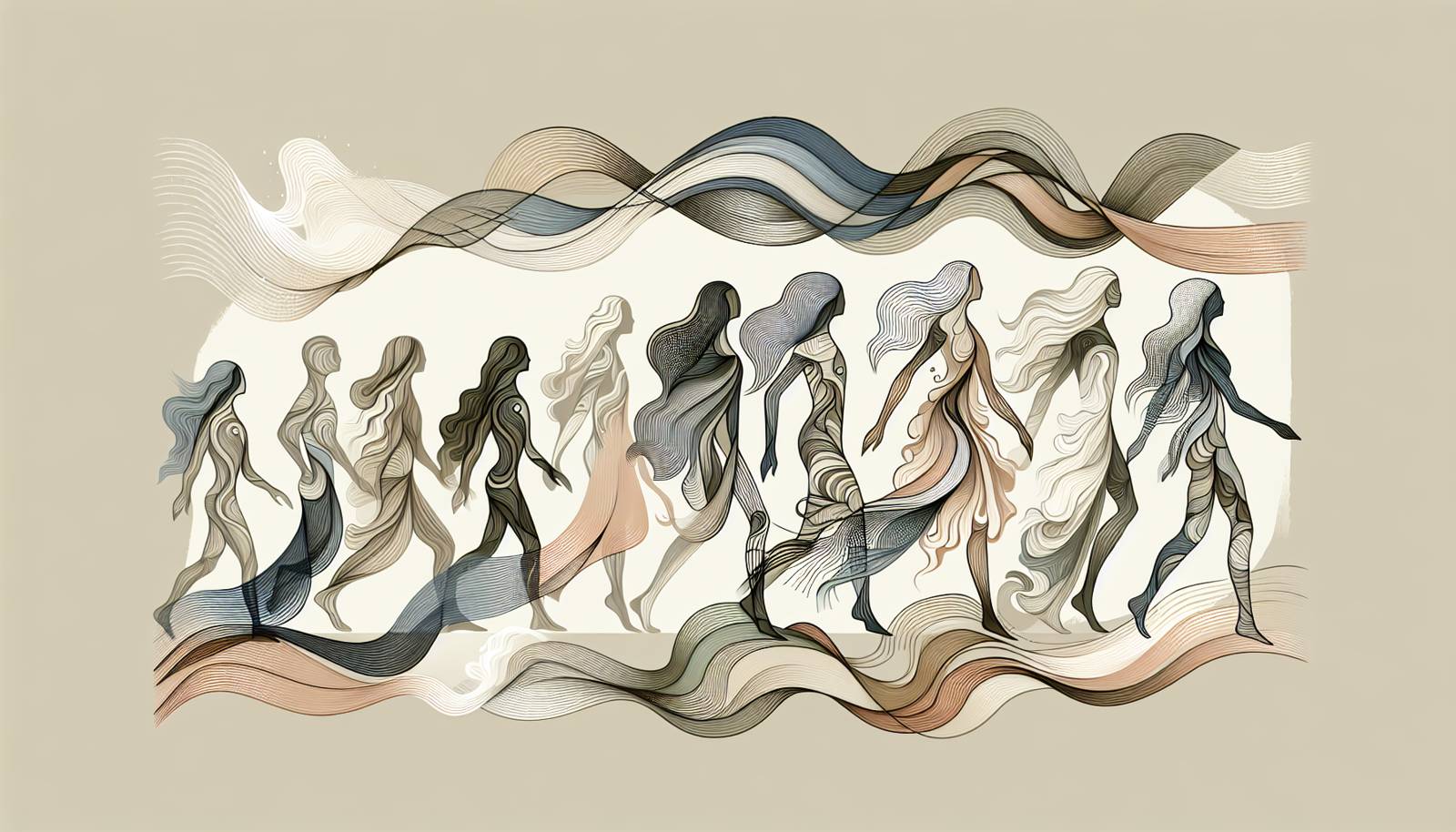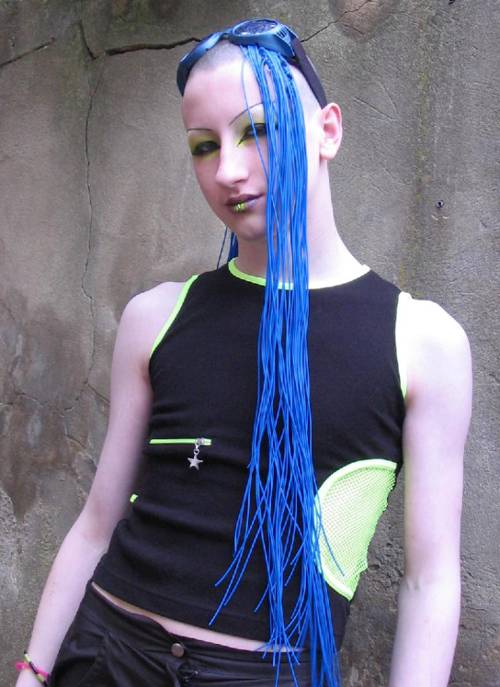
FAQ About The Impact of Subculture Fashion on Mainstream Trends

What is subculture fashion?
Subculture fashion refers to distinct styles and trends that emerge from specific groups within society, often characterized by unique clothing, accessories, and attitudes. These styles are typically expressions of identity and values, setting subcultures apart in contrast to mainstream culture. Examples include punk, goth, hip-hop, and grunge fashion.

How do subculture fashions start impacting mainstream trends?
Subculture fashions begin influencing mainstream trends through the exposure gained from media, celebrities, and designers who incorporate elements of these styles into their collections. Additionally, as societal attitudes shift, these once-niche trends gain broader acceptance and appeal, gradually becoming integrated into mainstream fashion.

Can you give some examples of subculture fashion influencing mainstream trends?
One notable example is the punk movement of the late 1970s and early 1980s, characterized by ripped clothing, leather jackets, and safety pins, which eventually became part of mainstream fashion. Another example is hip-hop fashion influencing the adoption of streetwear styles like oversized clothing, sneakers, and baseball caps in high fashion.

What role do fashion designers play in incorporating subculture styles into mainstream fashion?
Fashion designers play a crucial role by drawing inspiration from subcultures and bringing these elements into the fashion industry's spotlight. They may reinterpret subculture aesthetics into more palatable forms for mainstream audiences, often leading to collections that blend innovation with cultural commentary.

Why are subcultures important to the fashion industry?
Subcultures are vital to the fashion industry because they provide a source of fresh ideas and creativity. They challenge norms and result in innovations that can revitalize mainstream fashion. By tapping into these vibrant cultural niches, the fashion industry can stay dynamic and relevant.

What is the impact of social media on subculture fashion and mainstream adoption?
Social media has a significant impact by rapidly disseminating subculture fashion trends to a global audience, accelerating their adoption into mainstream fashion. Platforms like Instagram and TikTok allow fashion influencers and enthusiasts to share their styles, bridging the gap between subcultures and mainstream visibility.

How does cultural appropriation relate to subculture fashion in mainstream trends?
Cultural appropriation in fashion occurs when elements of a subculture's style are used by the dominant culture without respecting or understanding the original context. This can lead to controversy and criticism, as it may disregard the cultural significance or struggle behind the subculture's aesthetic.

Are there any ethical concerns with mainstream fashion adopting subculture styles?
Yes, there are ethical concerns such as cultural appropriation, exploitation, and the potential for diluting the meaning or significance of subcultures. This can be problematic if mainstream adoption undermines the subculture's identity or if original creators aren't credited or compensated.

How have historical subcultures influenced modern fashion trends?
Historical subcultures like the Mods, Hippies, and Beatniks have left a lasting legacy in modern fashion trends. For example, the Mod subculture brought about tailored suits and clean lines, while Hippie culture popularized bohemian styles, both of which continue to influence designers today.

What is the cycle of subculture fashion becoming mainstream?
The cycle often begins with a subculture developing unique fashion statements to express their identity. Over time, as these trends gain attention through various media and influencers, they become more accepted and integrated into mainstream fashion, sometimes losing their subcultural identity in the process.

Can the incorporation of subculture fashion into mainstream lead to innovation?
Incorporating subculture fashion into mainstream fashion can lead to innovation by introducing new styles, materials, and silhouette concepts. Designers' reinterpretations of subculture elements can create a fusion of past and contemporary aesthetics, pushing the boundaries of traditional fashion design.

How do economic factors affect the transition of subculture fashion into the mainstream?
Economic factors play a significant role as they determine the affordability and accessibility of subculture-inspired fashion. When subculture styles become popular, manufacturers may produce them on a larger scale, lowering costs and making them more accessible to a wider audience, further integrating them into mainstream fashion.

What are some challenges faced by subcultures when their fashion is adopted by mainstream culture?
Subcultures may face challenges such as the loss of identity and authenticity when their fashion is adopted by mainstream culture. This can be exacerbated if the essence or message behind their style is commercialized or distorted, potentially leading to a disconnect from their original community values.

How do fashion trends reflect cultural shifts through subculture influences?
Fashion trends can reflect cultural shifts as subculture influences often stem from broader societal changes or movements. When subculture styles become mainstream, they can signify a wider acceptance of diversity, individualism, or new ideologies, indicating evolving cultural norms and values.

What is the difference between subculture fashion and counterculture fashion?
Subculture fashion is often a smaller, niche group within a larger culture that expresses distinct styles alongside mainstream culture. In contrast, counterculture fashion directly opposes and seeks to challenge or reject societal norms, often emerging from protest or revolutionary movements, such as the anti-establishment ethos of hippies in the 1960s.

How important is authenticity in the adoption of subculture fashion by mainstream?
Authenticity is crucial in maintaining the integrity and message of subculture fashion as it transitions into the mainstream. Without respect for the original context and values, there is a risk of trivializing the culture’s message, leading to superficial adoption that can be critiqued both socially and culturally.

Can the mainstreaming of subculture fashion lead to new subcultures forming?
The mainstreaming of subculture fashion can indeed lead to the formation of new subcultures. As original subculture elements become widespread, some may seek to create new distinct identities, leading to the emergence of new groups that differentiate themselves through innovative fashion styles and cultural expressions.

What are some examples of high fashion brands that have incorporated subculture elements?
High fashion brands such as Vivienne Westwood, who famously drew on punk influences, and Gucci, which has embraced streetwear and hip-hop aesthetics, are examples of labels incorporating subculture elements. These brands demonstrate how subcultures can inspire luxury fashion by integrating unconventional styles into their collections.

What is the influence of music on subculture and fashion?
Music plays an integral role in shaping subculture fashion as it often acts as a cultural and stylistic underpinning. Music genres such as punk, hip-hop, and grunge not only inspire musical movements but also dictate the clothing styles associated with them, influencing both subculture and eventually mainstream fashion.

How do shifts in subculture fashion influence youth culture?
Shifts in subculture fashion have a profound influence on youth culture, as young people often look to these styles to express individuality and align with cultural movements. As these fashions transition into mainstream visibility, they can redefine norms and aspirations within youth culture, influencing attitudes, behaviors, and cultural expressions.
